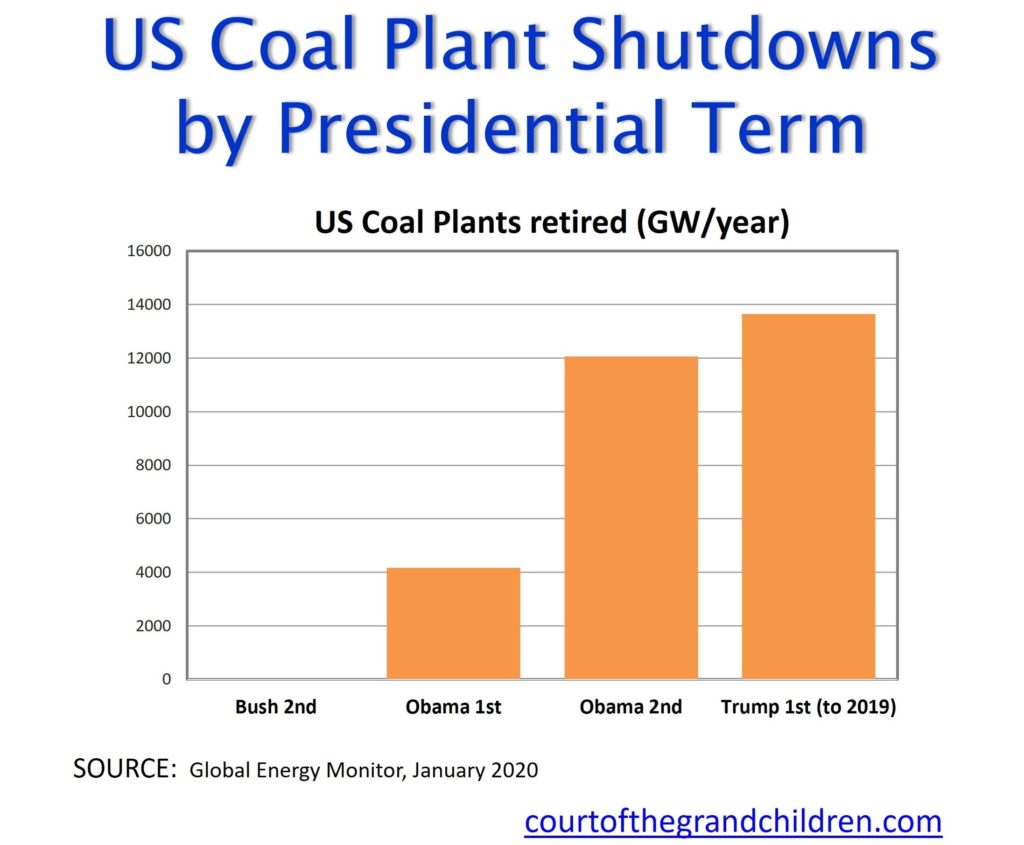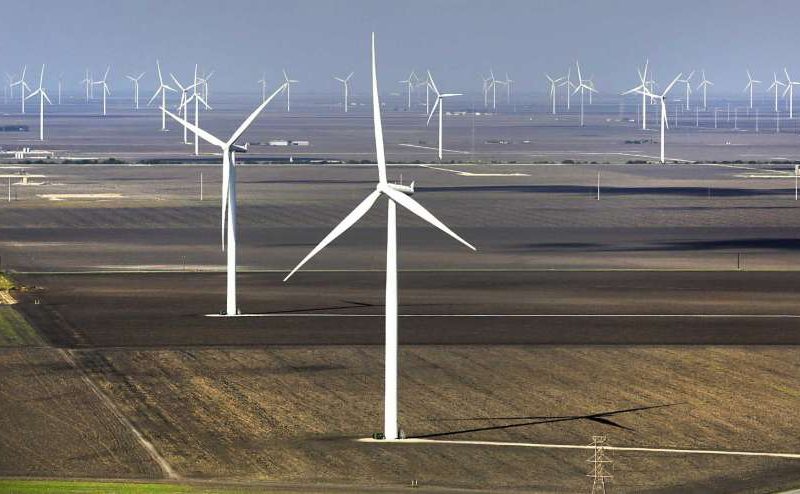Where is the home of the oil industry? Most people would say Houston, Texas. What about the home of thermal coal? Well that mantle belongs to Queensland – the largest exporting state in the largest coal exporting country, Australia.
Now here’s the thing, the states of Queensland and Texas share another feature. They are home to the booming renewable energy industries in both countries. Who would have thought!
Let’s have a look at the numbers, starting with Texas. The Lone Star State meets 20% of its electricity demand with wind. If it were a country, it would be the fifth largest wind energy producer in the world. At its peak, wind produces 55% of Texas’s electricity on windy days.
Tax credits for wind and solar helped stoke the boom initially, but other factors were important, among them the network of transmission lines that made it possible for wind producers to supply power to the grid from remote but windy parts of the state. The same lines are now helping to boost solar.
And in rural places in Texas, the royalties paid for the use of the land are valued by landowners and local government.
But the biggest driver has simply been the low cost of renewables and the growing demand. In all around 35,000 Texans work in solar and wind energy.
Queensland has some of the best solar resources in the world. With the initial incentive of rebates, households embraced the use of solar panels on their homes to reduce power bills. As at 2018, Queensland had the highest uptake of home solar of anywhere in the world. A staggering 30% of households in Queensland have a solar system on their roofs. And solar prices continue to come down significantly, so the level of penetration will only increase.
This year, renewables are expected to produce about 20% of Queensland’s electricity demand – the same as Texas. In a report for Solar Citizens, a lobby group, it was estimated that up to 90% of Queensland’s electricity needs would be met by renewables if all the renewable projects in the pipeline were completed plus rooftop solar.
The Government’s Powering Queensland Plan has a more modest target of 50% renewables supply by 2030.
No matter what your political persuasion or view of the science, economics is a powerful driver. This is no better illustrated than by this graph of coal plant closures in the USA. The trend is clear. Coal plants will continue to be closed.

So even the homes of fossil fuels can’t hold back the tide of renewable, low emissions electricity. Whichever way you look at it, renewables are supplanting fossil fuels for electricity generation. The only question is how fast.
Photo/Source Credit: Bob Owen San Antonio Express-News/ The Economist
